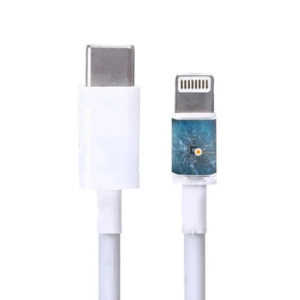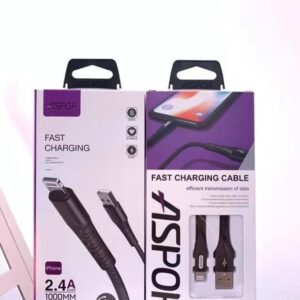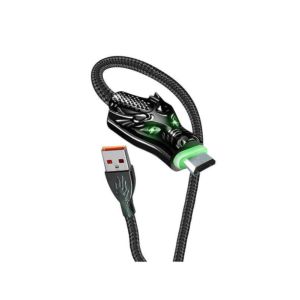Data cables are an essential component for connecting electronic devices to each other or to a power source. These cables are designed to transfer data and power between devices, and they come in a variety of types, including USB cables, HDMI cables, Ethernet cables, and more.
When it comes to choosing the right data cable for your needs, it’s important to consider factors such as cable length, compatibility with devices, transfer speed, and durability. By taking these factors into account, you can ensure that you choose a cable that will meet your needs and provide reliable performance.
Types of Data Cables
There are several types of data cables available, each with its own unique features and benefits. Some of the most common types of data cables include:
- USB cables: USB cables are one of the most commonly used types of data cables, and they are designed to transfer data and power between devices. These cables come in a variety of types, including USB Type-A, USB Type-B, and USB Type-C.
- HDMI cables: HDMI cables are used to connect devices such as computers, gaming consoles, and Blu-ray players to TVs and other displays. These cables support high-definition video and audio, making them ideal for home theater systems and other applications where high-quality audio and video are important.
- Ethernet cables: Ethernet cables are used to connect devices to a network or the internet. These cables are available in different categories, with each category offering different data transfer speeds and other features.
- Thunderbolt cables: Thunderbolt cables are designed to provide fast data transfer speeds between devices. These cables are commonly used with Apple devices and other high-performance systems.
Choosing the Right Data Cable When choosing a data cable, it’s important to consider factors such as cable length, compatibility with devices, transfer speed, and durability. Some cables may be better suited for certain applications than others, so it’s important to choose a cable that meets your specific needs.
One factor to consider is the transfer speed of the cable. Faster transfer speeds can be important for applications such as video editing or large file transfers, while slower speeds may be sufficient for basic tasks such as charging a phone or transferring small files.
It’s also important to choose a cable that is compatible with your devices. For example, if you have a device that uses USB Type-C, you’ll need to choose a cable that is compatible with this type of connector.
Conclusion
In conclusion, data cables are an essential component for connecting electronic devices to each other or to a power source. By understanding the different types of data cables available and choosing the right cable for your needs, you can ensure that your devices function properly and reliably.



















